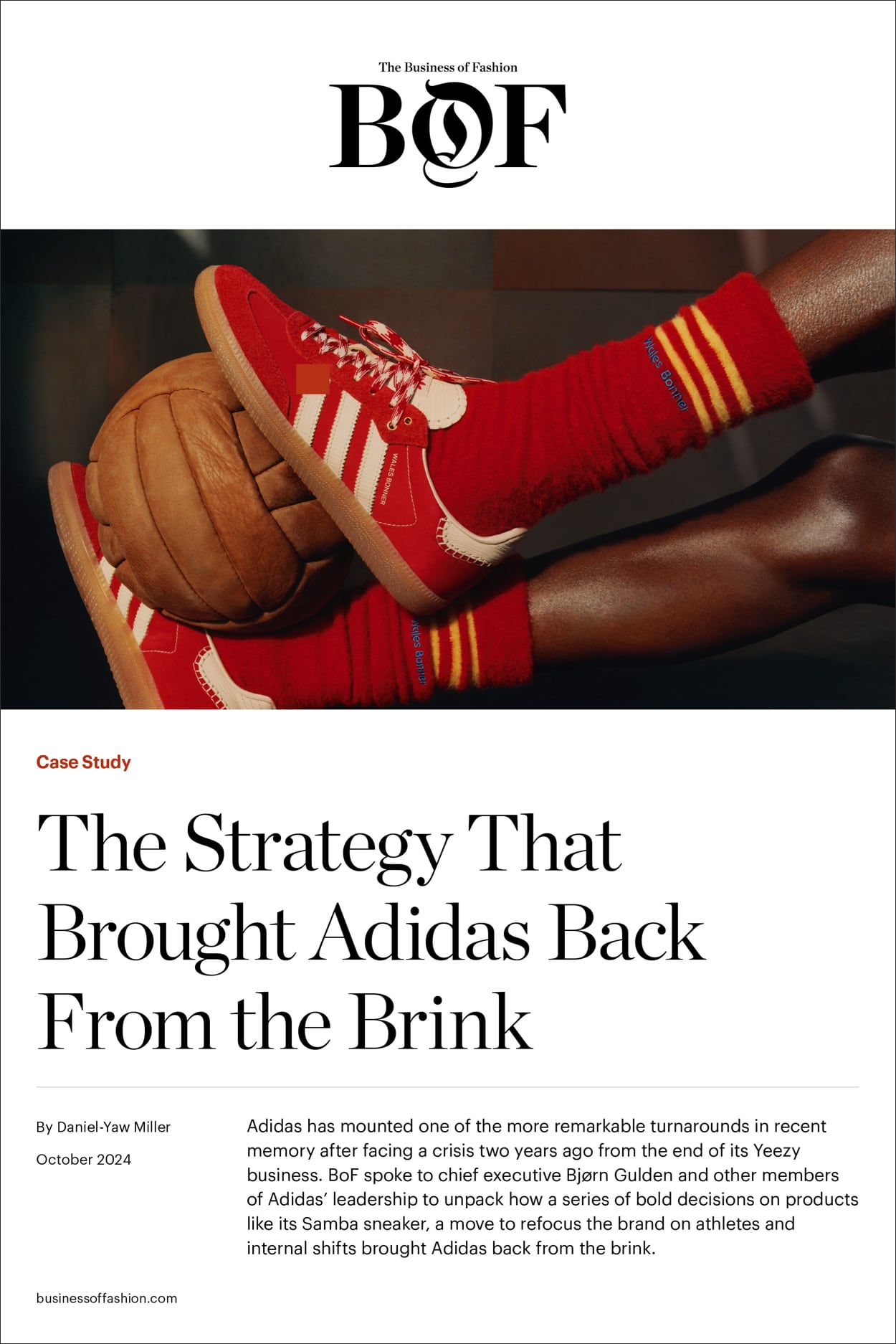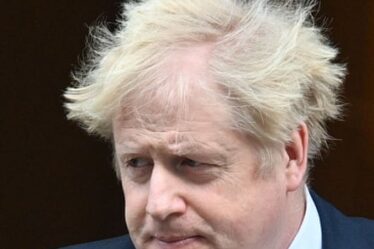
In October 2022, Adidas found itself staring down an unprecedented crisis when it terminated its Yeezy sneaker partnership, a highly profitable business segment which at the time accounted for as much as 8 percent of the brand’s annual sales.
The collaboration with Ye — the rapper formerly known as Kanye West, whose increasingly inflammatory public statements prompted the split — had been Adidas’ answer to Nike’s deep roster of hyped sneakers like Jordans and buoyed it amid other challenges, like the closure of its Russian stores after the Ukraine invasion. The decision to shut down its Yeezy business not only left a nearly $2 billion hole in the company’s balance sheet, it also meant Adidas had lost the main product line connecting it to sneaker culture more broadly.
But just two years later, Adidas was thriving. In October 2024, the company raised its forecasts for the third time in the year, projecting approximately 10 percent growth in revenues and profits of €1.2 billion ($1.31 billion). It had won back the confidence of investors, too, with its share price having more than doubled since it announced the end of its Yeezy business.
In interviews with The Business of Fashion at Adidas’ global headquarters in Herzogenaurach, Germany, chief executive Bjørn Gulden and other members of Adidas leadership revealed the secrets and strategies behind the company’s unlikely comeback. They included making faster decisions, leveraging the power of athletes to market products and inspire consumers, and allowing internal teams freedom to focus on the quality of their output without fear of falling short of commercial objectives.
While the company had some tailwinds at its back, like resurging consumer interest in its Samba and terrace sneakers, it had to make the right moves to capitalise on its opportunities.
“Turning around a company has three components: It’s luck, it’s timing and it’s effort,” Gulden said. “I don’t know how much of each of these things contributed at any point in time, but it was obvious to me [from day one] we had good things bubbling that people hadn’t realised.”
Analysts and insiders attribute much of the turnaround to Gulden — a former pro footballer who had previously worked at Adidas in the 1990s, became chief executive of rival Puma in 2013 and ultimately took the top job at Adidas in January 2023. They cite his genuine love for sports and his approach to Adidas’ business, which varies starkly at moments from that of his predecessor.
“What Bjørn brings is essentially two things: his obsession about product and his completely different approach to wholesale partners [than the previous regime],” said Erwan Rambourg, global head of consumer and retail research at HSBC.
In this case study, BoF unpacks the steps Adidas took to change its trajectory, revive its brand and engineer one of the more remarkable turnarounds in recent fashion history.



